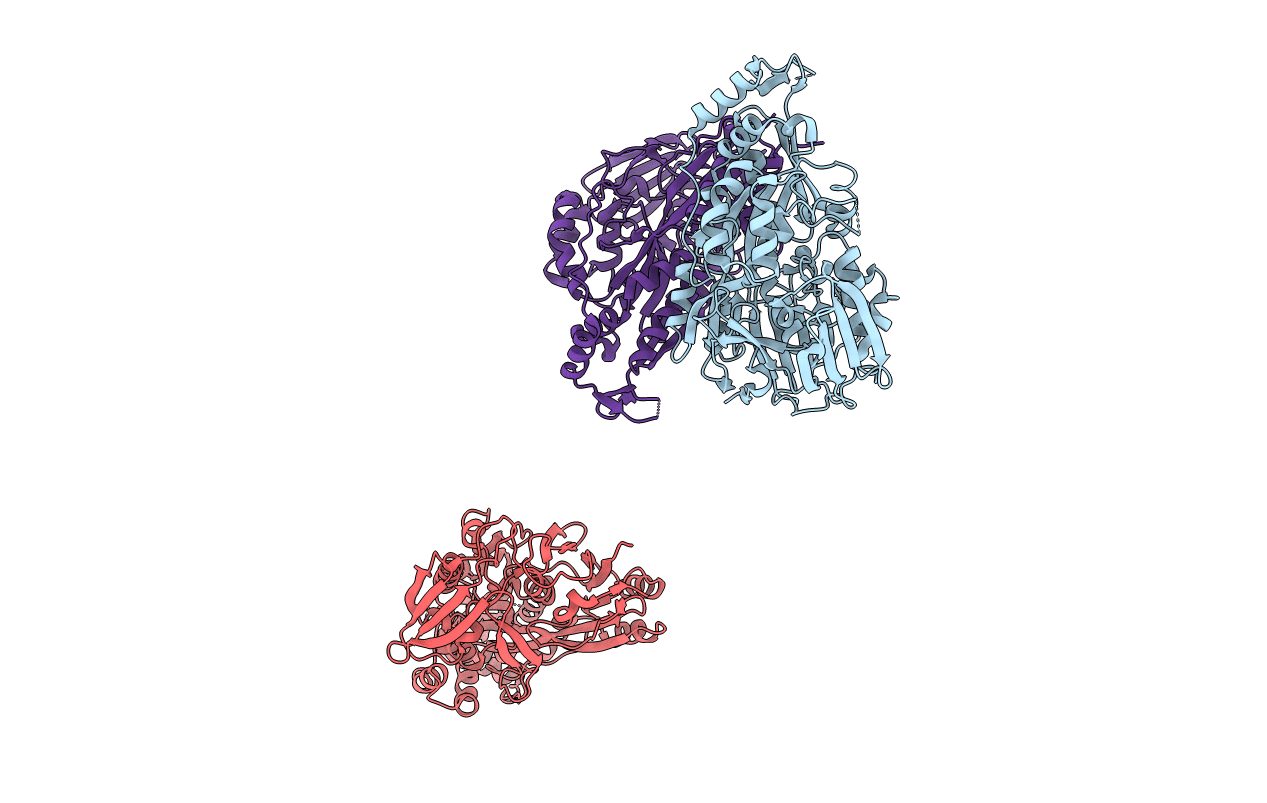
Deposition Date
2006-04-25
Release Date
2006-07-18
Last Version Date
2024-10-23
Entry Detail
Biological Source:
Source Organism:
Mycobacterium smegmatis str. MC2 155 (Taxon ID: 246196)
Host Organism:
Method Details:
Experimental Method:
Resolution:
2.40 Å
R-Value Free:
0.24
R-Value Work:
0.21
R-Value Observed:
0.21
Space Group:
C 2 2 2


